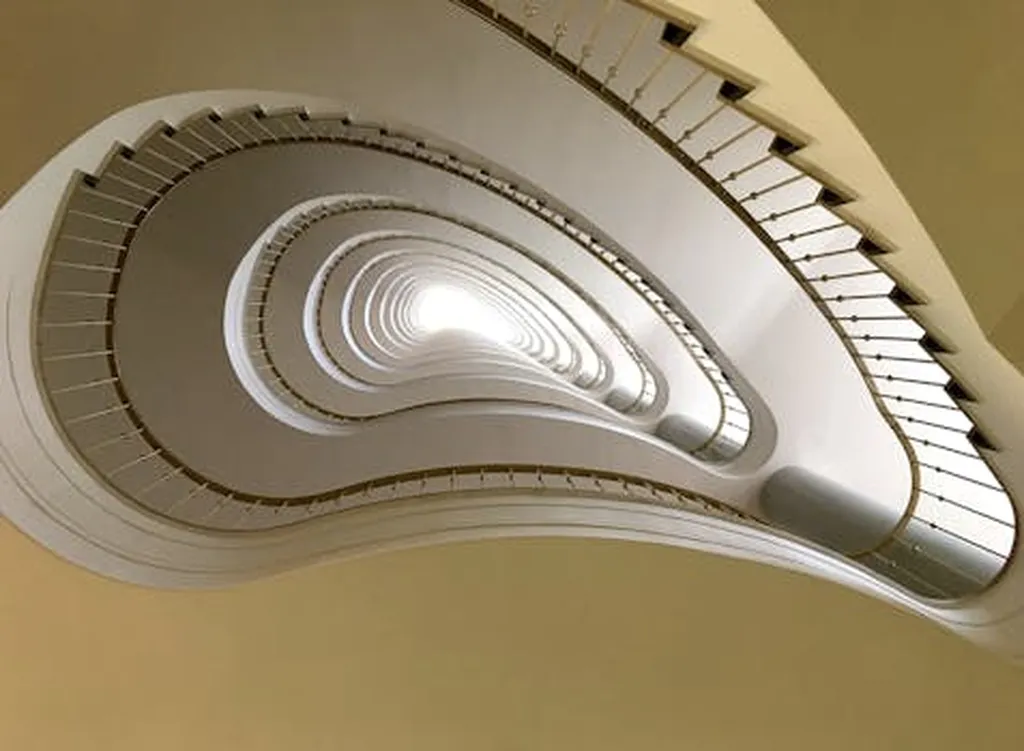In a groundbreaking study published in the journal *Buildings* (translated from Italian), researchers have demonstrated that heritage buildings—often constrained by conservation regulations—can not only achieve carbon neutrality but also actively offset emissions through innovative energy retrofit strategies. The research, led by Daniele Vitella from the Department of Industrial, Electronic and Mechanical Engineering at Roma TRE University, focuses on two protected heritage sites in Italy: Palazzo Ruspoli in Cerveteri and Palazzo Vitelleschi in Tarquinia. The findings suggest a promising path forward for the energy sector, particularly in the realm of renewable energy communities (RECs) and virtual self-consumption.
The study highlights two distinct yet complementary approaches to retrofitting heritage buildings. At Palazzo Vitelleschi, the integration of high-efficiency windows, HVAC and lighting systems, and rooftop photovoltaic (PV) solutions resulted in a 73.5% reduction in non-renewable primary energy demand and CO2 emissions. The payback period for this investment was a relatively short 10.7 years, making it an attractive option for building owners and energy providers alike. “The combination of efficient systems and on-site PV not only cuts energy costs but also significantly reduces the carbon footprint,” Vitella explained. “This approach is particularly viable for buildings with suitable rooftop space for PV installation.”
In contrast, Palazzo Ruspoli presented a different challenge due to its conservation constraints, which limited the installation of on-site PV systems. Instead, the researchers explored the potential of virtual self-consumption within RECs, where energy generated by off-site PV installations is shared among community members. This strategy achieved net-negative carbon emissions (−240%), a 95% reduction in non-renewable energy demand, and a payback period of 19.4 years. “Virtual self-consumption allows heritage buildings to benefit from renewable energy without compromising their historical integrity,” Vitella noted. “This model could revolutionize the way we think about energy retrofits in conservation areas.”
The study’s findings have significant implications for the energy sector, particularly in the context of decarbonization and the transition to renewable energy. By demonstrating the feasibility of both on-site and virtual self-consumption models, the research provides a replicable framework for balancing conservation and sustainability. This could pave the way for similar projects in other heritage sites across Europe and beyond, supporting the broader goal of reducing the building sector’s energy consumption and emissions.
Moreover, the study underscores the importance of community-based energy solutions. As the building sector accounts for nearly 40% of total energy consumption in Europe, the integration of RECs and virtual self-consumption models could play a crucial role in meeting climate targets. “This research shows that heritage buildings can be part of the solution, not just the problem,” Vitella said. “By leveraging renewable energy and community-based approaches, we can create a more sustainable built environment.”
The study’s simulation-based framework offers a valuable tool for architects, engineers, and policymakers seeking to retrofit heritage buildings while adhering to conservation guidelines. As the energy sector continues to evolve, the insights gained from this research could shape future developments in energy efficiency and renewable energy integration, ultimately contributing to a more sustainable and resilient built environment.

